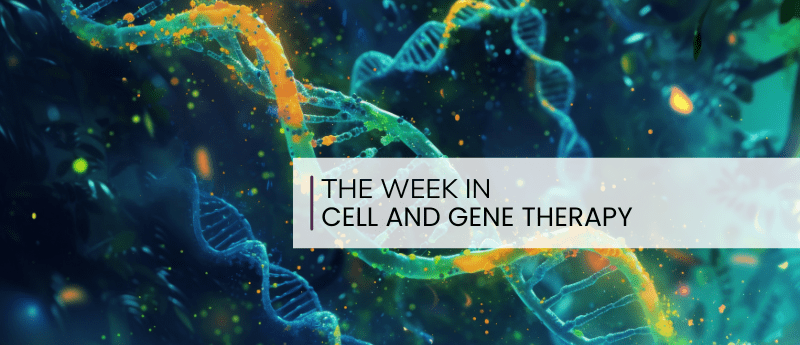Light-induced gene therapy disables cancer cells’ energy center
The strategy involves delivering genetic information for two types of molecules: a light-sensitive protein known as CoChR that can produce positively charged currents, and a bioluminescence-emitting enzyme. Packed into an altered virus particle and delivered to cancer cells, the proteins are produced as their genes are expressed in mitochondria. A follow-up injection of a specific chemical turns on the enzyme’s light to activate CoChR, which leads to mitochondrial collapse.
The other half of the battle is ensuring this therapy does not interfere with normal cells.
Liu’s lab specializes in targeted anti-cancer therapy development. The foundation for the delivery system in this work is the well-characterized adeno-associated virus (AAV), a minimally infectious virus engineered to carry genes and promote their expression for therapeutic purposes.
The team refined the system to enhance its cancer specificity by adding a promoter protein to drive up expression of the CoChR and bioluminescent enzyme only in cancer cells. The researchers also manufactured the AAV using human cells that encased the gene-packed virus inside a natural nanocarrier resembling extracellular vesicles that circulate in human blood and biological fluids.
“This construction assures stability in the human body because this particle comes from a human cell line,” Liu said.
Finally, the researchers developed and attached to the delivery particle a monoclonal antibody designed to seek out receptors on cancer cell surfaces.
“This monoclonal antibody can identify a specific receptor, so it finds cancer cells and delivers our therapeutic genes. We used multiple tools to confirm this effect,” she said. “After constructing AAVs with a cancer-specific promoter and a cancer-targeting nanoparticle, we found this therapy is very powerful to treat multiple cancers.”
Experiments in mouse models showed the gene therapy strategy significantly reduced the tumor burden compared to untreated animals in two fast-growing, difficult-to-treat cancers: glioblastoma brain cancer and triple negative breast cancer. In addition to shrinking the tumors, the treatment extended survival of mice with glioblastomas.
Animal imaging studies also confirmed the effects of the gene therapy were limited to cancer tissue and were undetectable in normal tissue. Results further suggested that attaching the monoclonal antibody had the added benefit of inducing an immune response against cancer cells in the tumor microenvironment.
The team is studying additional potential therapeutic effects of the mLumiOpto in glioblastoma, triple negative breast cancer and other cancers. Ohio State has submitted a provisional patent application for the technologies.
This research was supported by the U.S. Department of Defense and the National Institutes of Health.
Kai Chen of Liu’s lab and Patrick Ernst of Zhou’s lab were co-first authors of the study. Additional co-authors were Anusua Sarkar, Seulhee Kim, Yingnan Si, Tanvi Varadkar and Matthew Ringel, all of Ohio State.
Event : International Top Pharmaceutical Awards
#Professor, #Lecturer, #Scientist, #Scholar, #Researcher, #Analyst, #Engineer, #Technician, #Coordinator, #Specialist, #Writer, #Assistant, #Associate, #Biologist, #Chemist, #Physicist, #Statistician, #DataScientist, #Consultant, #Coordinator, #ResearchScientist, #SeniorScientist, #JuniorScientist, #PostdoctoralResearcher, #LabTechnician, #ResearchCoordinator, #PrincipalInvestigator, #ClinicalResearchCoordinator, #
Visit: toppharmaceutical.org
Award registration: https://toppharmaceutical.org/award-registration/
For Enquiries:pharmaquerys123@
Get Connected Here
------------------------------
------------------------------
Pinterest: pinterest.com/pharmaemail/
Twitter: x.com/TopPharmaaward
Instagram: instagram.com/toppharma23/



Comments
Post a Comment